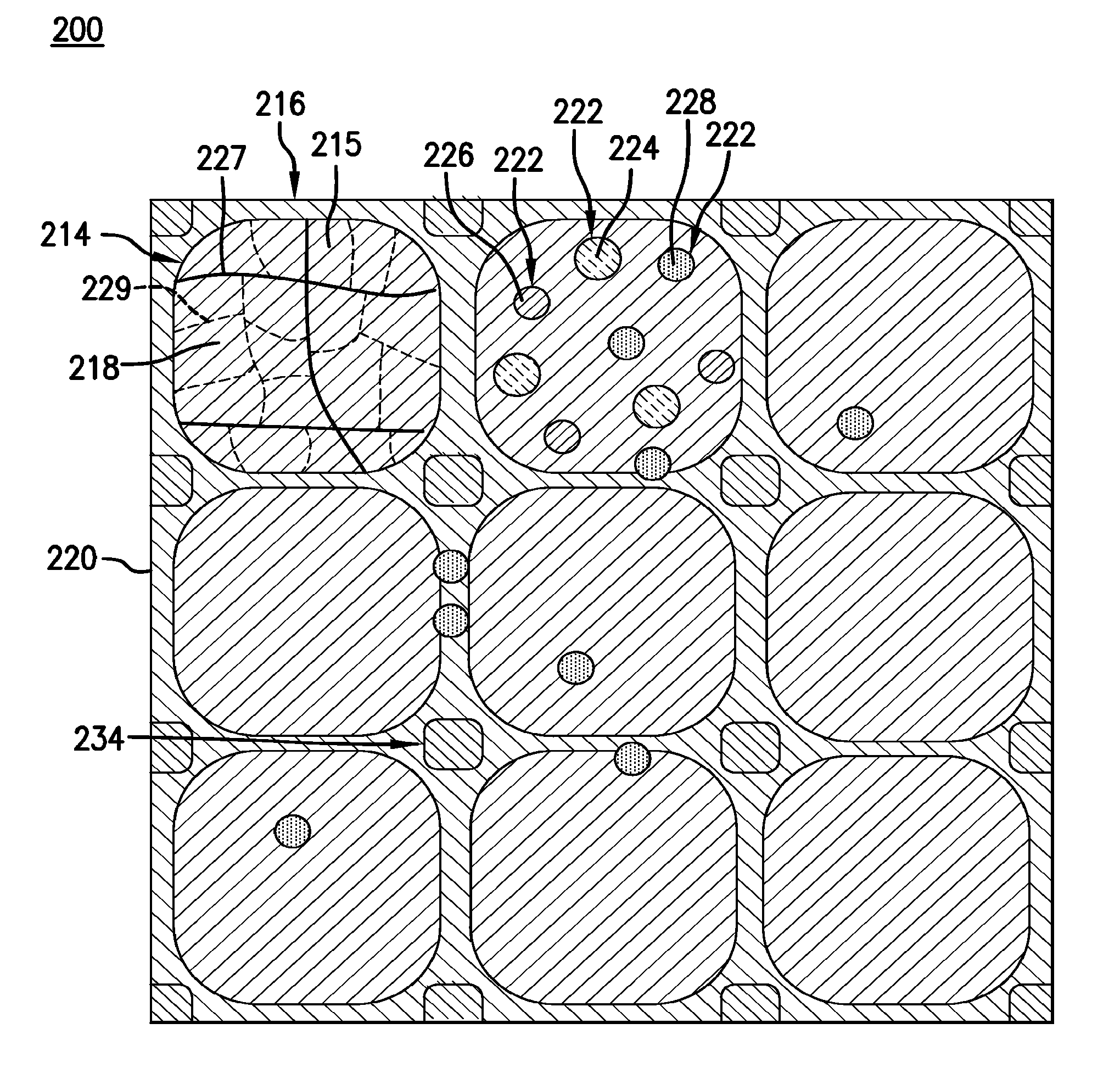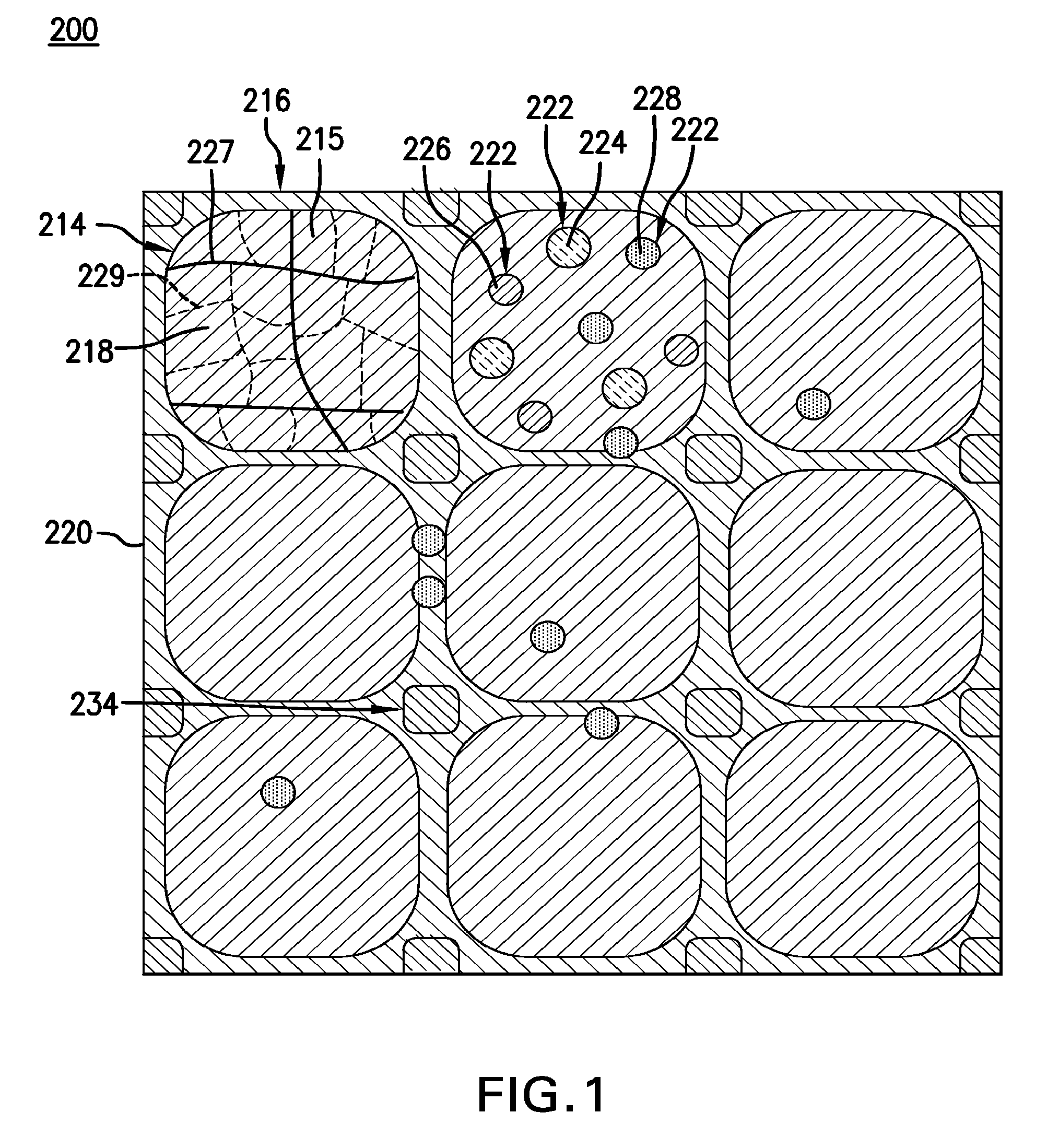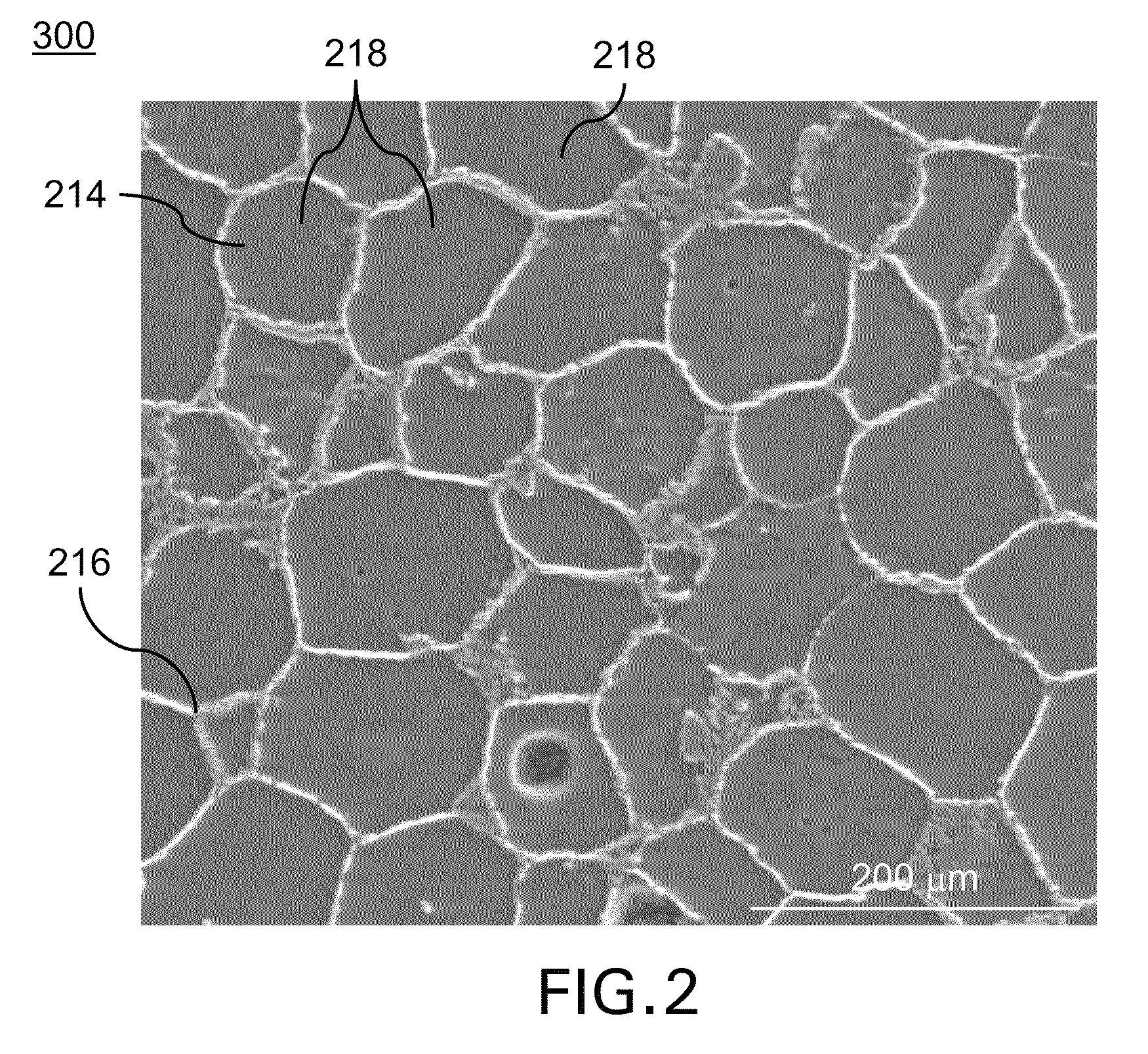Biodegradable metallic medical implants, method for preparing and use thereof
a medical implant and biodegradable technology, applied in the field of biodegradable metallic medical implants, methods for preparing and using thereof, can solve the problems of affecting the regeneration and osteosynthesis affecting the healing effect of bone or tissue,
- Summary
- Abstract
- Description
- Claims
- Application Information
AI Technical Summary
Benefits of technology
Problems solved by technology
Method used
Image
Examples
Embodiment Construction
[0022]A detailed description of one or more embodiments is presented herein by way of exemplification and not limitation.
[0023]It has been found that metal containing controlled electrolytic metallic (CEM) can beneficially be used for medical implants. Such an implant is biocompatible, lightweight, and nonmagnetic and has a modulus of elasticity closer to bone or other tissue than currently used implantable materials, e.g., a polymer. The implant herein biodegrades by disintegration in vivo without an extra surgery to remove it from a patient. Moreover, the material of the implant has a composition and microstructure that can be configured at the micro or nanoscale to control the material strength, ductility, or disintegration rate.
[0024]Furthermore, the implant herein can be made by powder metallurgy by consolidating metal powders coated with a biocompatible metal or ceramic. The composition and microstructure of the implant thus is configured at the micro or nanoscale for a select...
PUM
 Login to View More
Login to View More Abstract
Description
Claims
Application Information
 Login to View More
Login to View More - Generate Ideas
- Intellectual Property
- Life Sciences
- Materials
- Tech Scout
- Unparalleled Data Quality
- Higher Quality Content
- 60% Fewer Hallucinations
Browse by: Latest US Patents, China's latest patents, Technical Efficacy Thesaurus, Application Domain, Technology Topic, Popular Technical Reports.
© 2025 PatSnap. All rights reserved.Legal|Privacy policy|Modern Slavery Act Transparency Statement|Sitemap|About US| Contact US: help@patsnap.com



